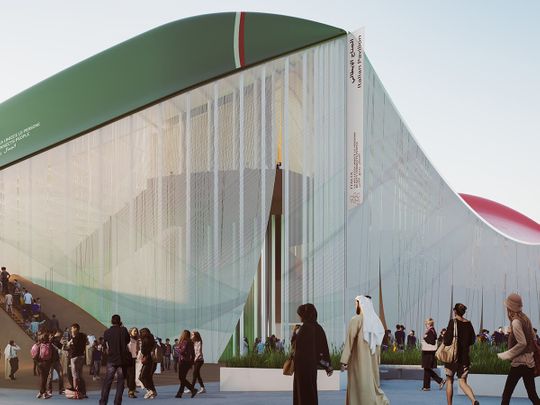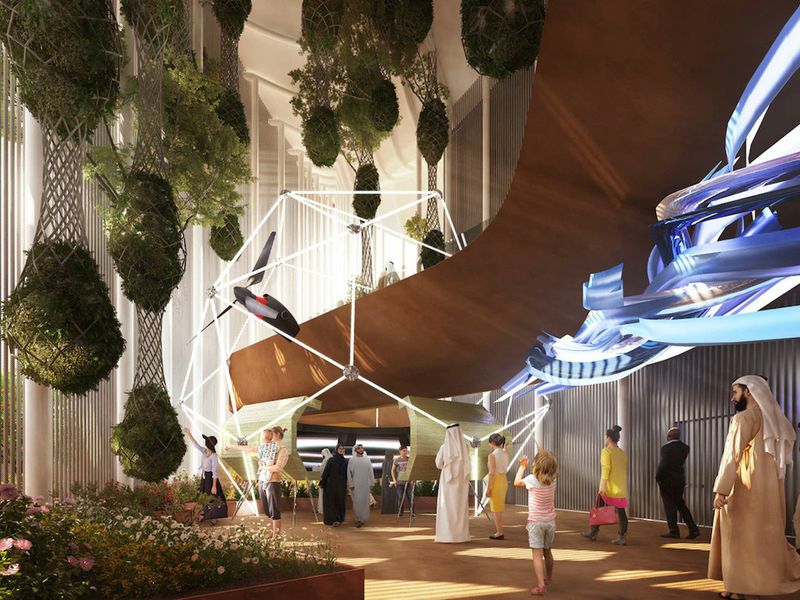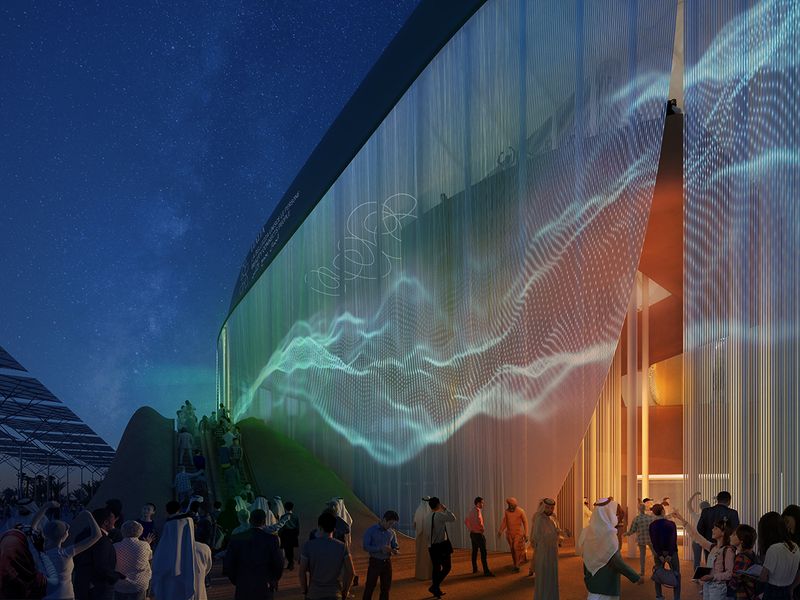
Dubai: A concoction of food waste and innovation is driving Italy’s vision to showcase circular economy at Expo 2020 Dubai. Dried orange peels and ground coffee with a pinch of algae and a sprinkle of recycled plastic all come together to create the Italian pavilion.
Part of the Opportunity District cluster, the pavilion transforms discarded food and recycled material with the creative expertise of Mapei, the technical partner to the Italian commissioner’s office, into usable material, creating circular architecture - wherein structures are re-purposed.
What goes around comes around
Designers of the Italy pavilion envision a structure whose elements will be either turned into compost or recycled further post-event.
Carlo Ratti and Italo Rota, the pavilion architects under the Italian design firm Carlo Ratti Associati (CRA), call this circular architecture – a concept grounded in circular economy. In line with the sustainability theme at the heart of Expo 2020, this loop model ensures limited resources are fed back into the economy after use instead of being wasted.

Orange and coffee walkways
‘Beauty connects people’ is the theme of the pavilion, where the aesthetics are delivered in sustainable and natural ways.
Suspended walkways inside the exhibition space are coated with discarded orange peels that have been dried and crushed into orange dust.
Contrasting with the colour, used coffee beans will also be ground into powder to coat the footbridges that cover a total area of 1,500 square metres.
An installation that breathes
Further experimental materials have been incorporated into the design such as an algae installation, which will purify the air by consuming carbon dioxide emitted by visitors and converting it into oxygen. This installation will then become food for the pavilion’s green areas.

Recycled plastic extracted from the sea is being knit into nautical ropes decorating the pavilion facade, 27 metres high and more than 70km in total length, equivalent to 2 million plastic bottles. These plastic ropes are set to be repurposed following event closure.
Feel the peel
The circular approach has been around in Italy for a while now. In 2019, at the 40th Meeting for Friendship Among Peoples in Rimini, orange peels were turned into bioplastic juice cups by the CRA architecture firm in collaboration with Italian energy company Eni.
While the juice bar squeezed juice for customers, the prototype machine collected peels to mill and dry, feeding the dust to a 3D printer that constructed the serving cups.
- The writer is an intern with Gulf News.








